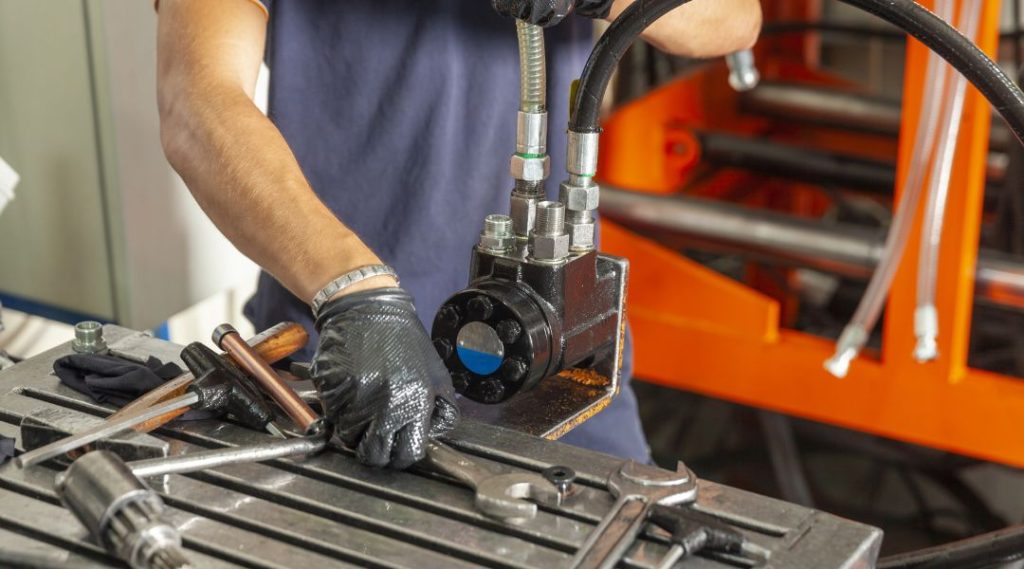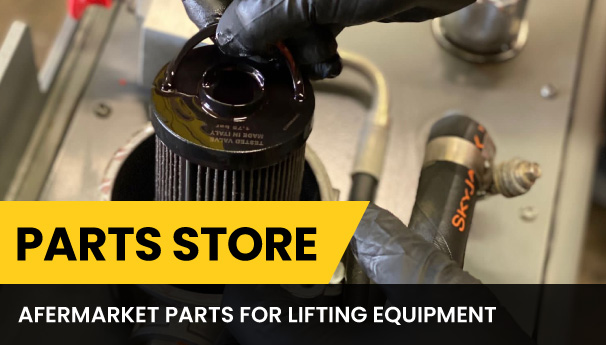Maintaining Your Scissor Lift: Ensuring Safety and Longevity
In the realm of lifting equipment, scissor lifts stand out as versatile workhorses, aiding in tasks ranging from construction to maintenance and beyond. Their efficiency and ease of use make them indispensable assets in numerous industries. However, like any machinery, scissor lifts require regular maintenance to operate safely and efficiently. In this blog, we’ll delve into the significance of maintaining your scissor lift and offer practical tips to ensure its longevity and reliability.
Why Maintenance Matters:
Safety: Safety should always be the top priority when operating any equipment, and scissor lifts are no exception. Regular maintenance helps identify and address potential safety hazards before they escalate, reducing the risk of accidents and injuries in the workplace.
Reliability: A well-maintained scissor lift is a reliable one. By keeping up with maintenance tasks, you minimize the likelihood of unexpected breakdowns or malfunctions, thus avoiding costly downtime and disruptions to your operations.
Compliance: Adhering to manufacturer-recommended maintenance schedules is crucial for staying compliant with industry regulations and standards. Failure to maintain equipment properly could result in fines or penalties, not to mention compromise the safety of workers.
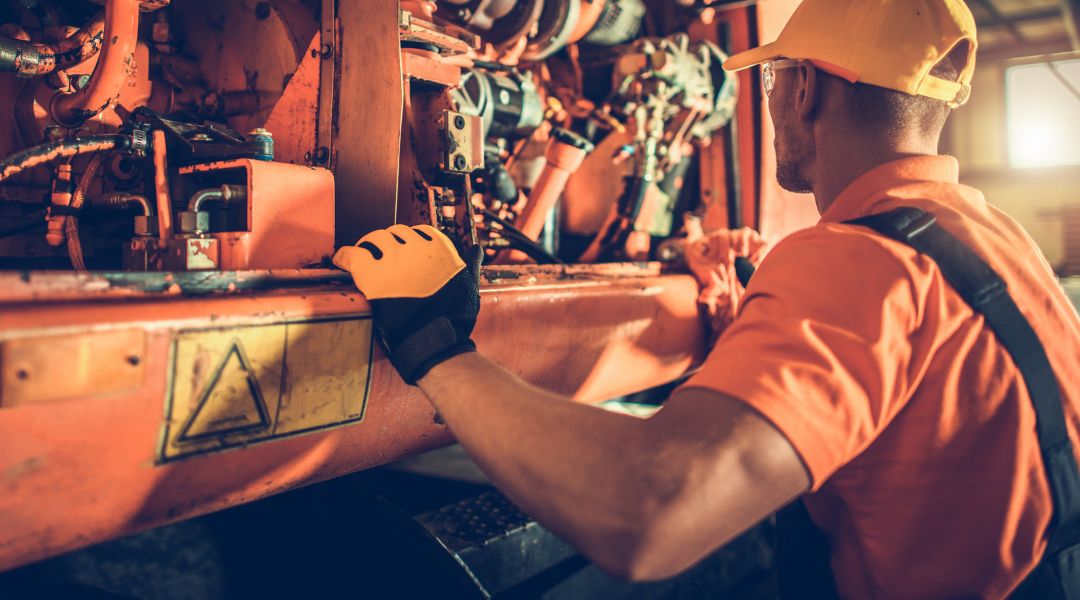
Tips for Maintaining Your Scissor Lift:
OSHA provides comprehensive guidelines aimed at promoting safety in the use of electric scissor lifts. These guidelines encompass various aspects, including training, equipment inspection, safe operating procedures, and maintenance.
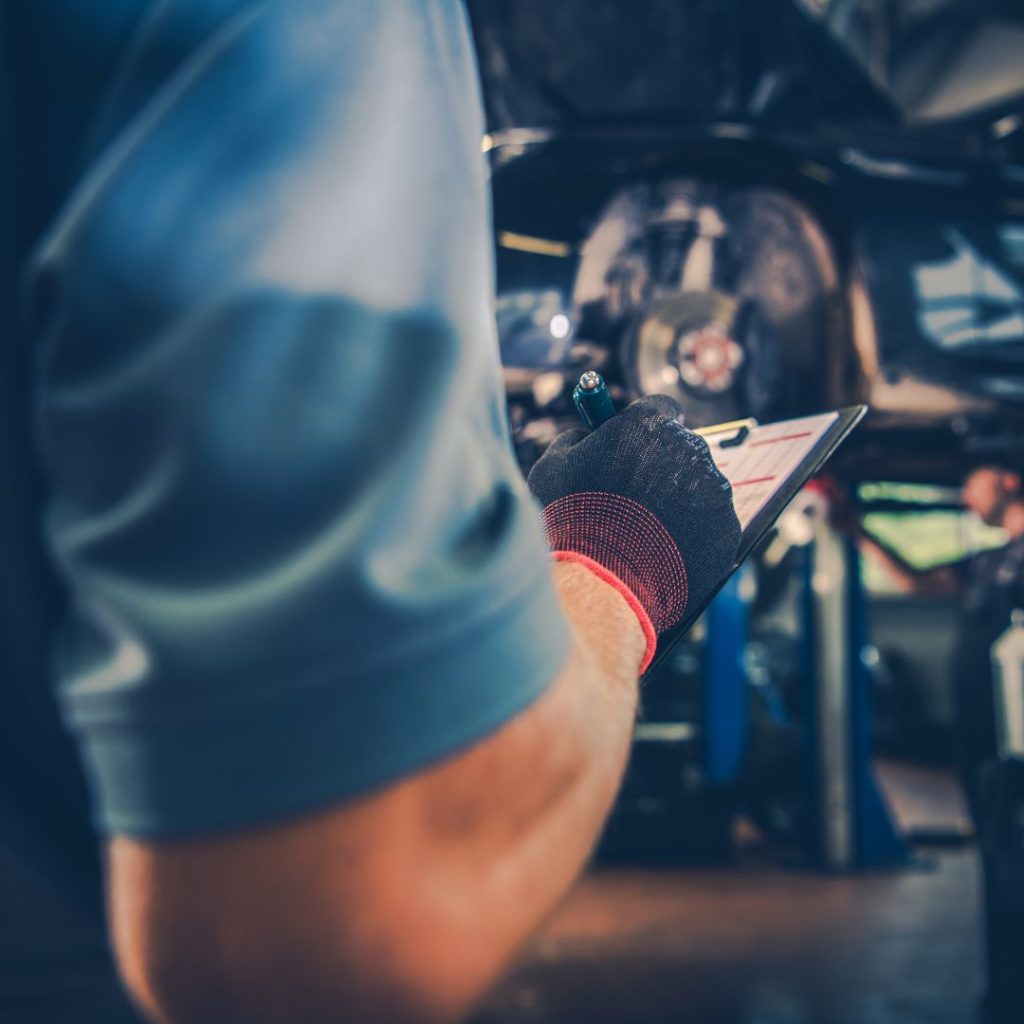
Step 1:
Follow Manufacturer Guidelines Begin by familiarizing yourself with the manufacturer’s maintenance guidelines outlined in the equipment manual. These guidelines typically include recommended service intervals, lubrication points, and inspection procedures specific to your scissor lift model.

Step 2:
Conduct Regular Inspections Performing routine inspections is essential for identifying potential issues early on. Inspect the lift for signs of wear, damage, or malfunction, paying close attention to hydraulic components, electrical systems, and structural integrity.
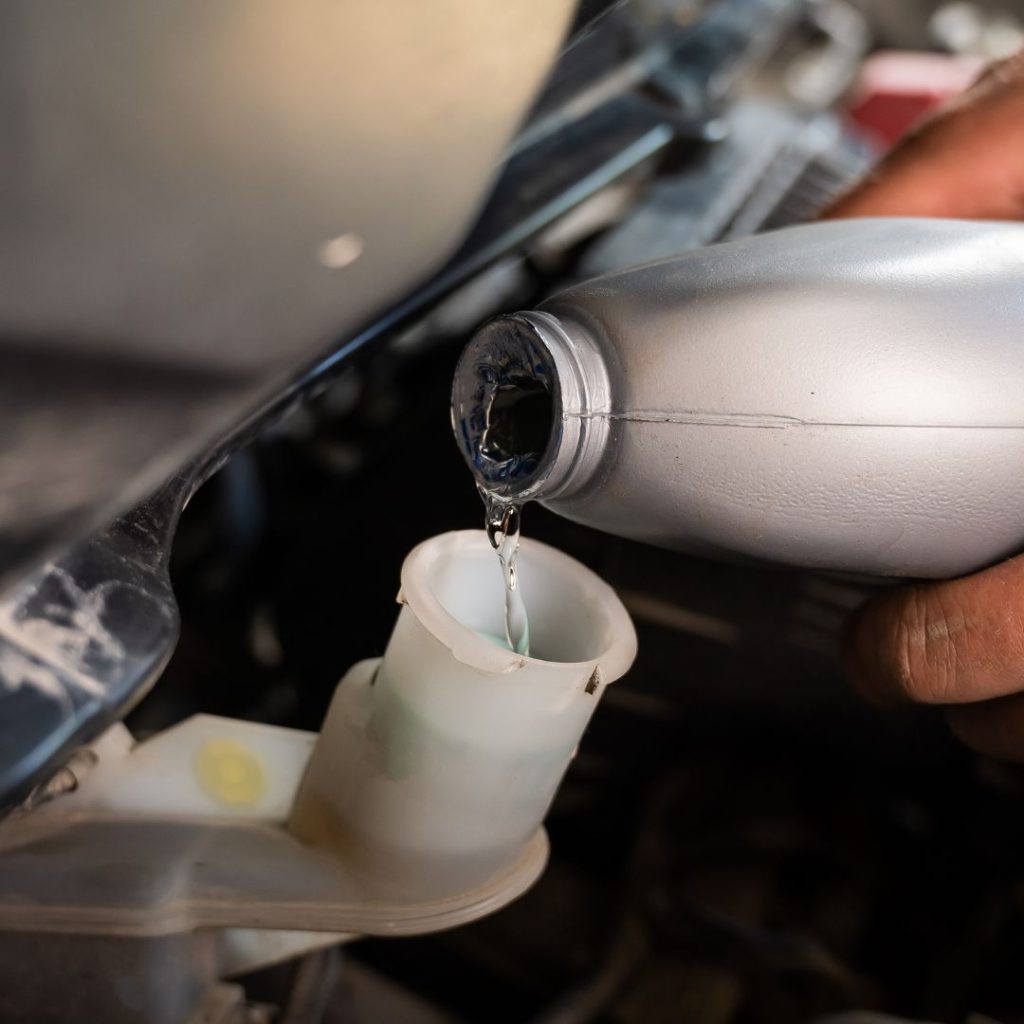
Step 3:
Check Fluid Levels Ensure that hydraulic fluid, engine oil, and coolant levels are within the recommended range. Low fluid levels can lead to decreased performance and premature component wear. Top up fluids as needed and address any leaks promptly.
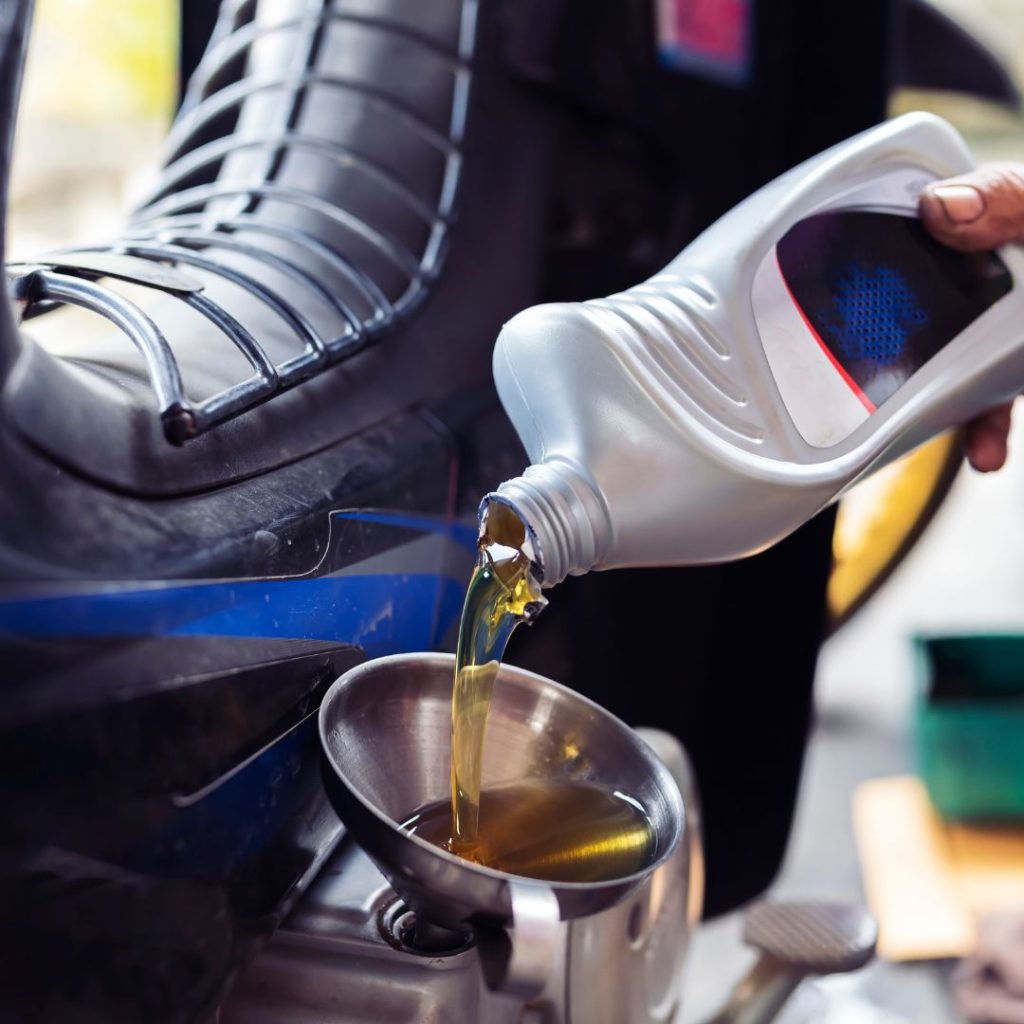
Step 4:
Lubricate Moving Parts Proper lubrication is vital for minimizing friction and extending the lifespan of critical components such as hinges, joints, and cylinders. Use high-quality lubricants recommended by the manufacturer and apply them to designated lubrication points at regular intervals.
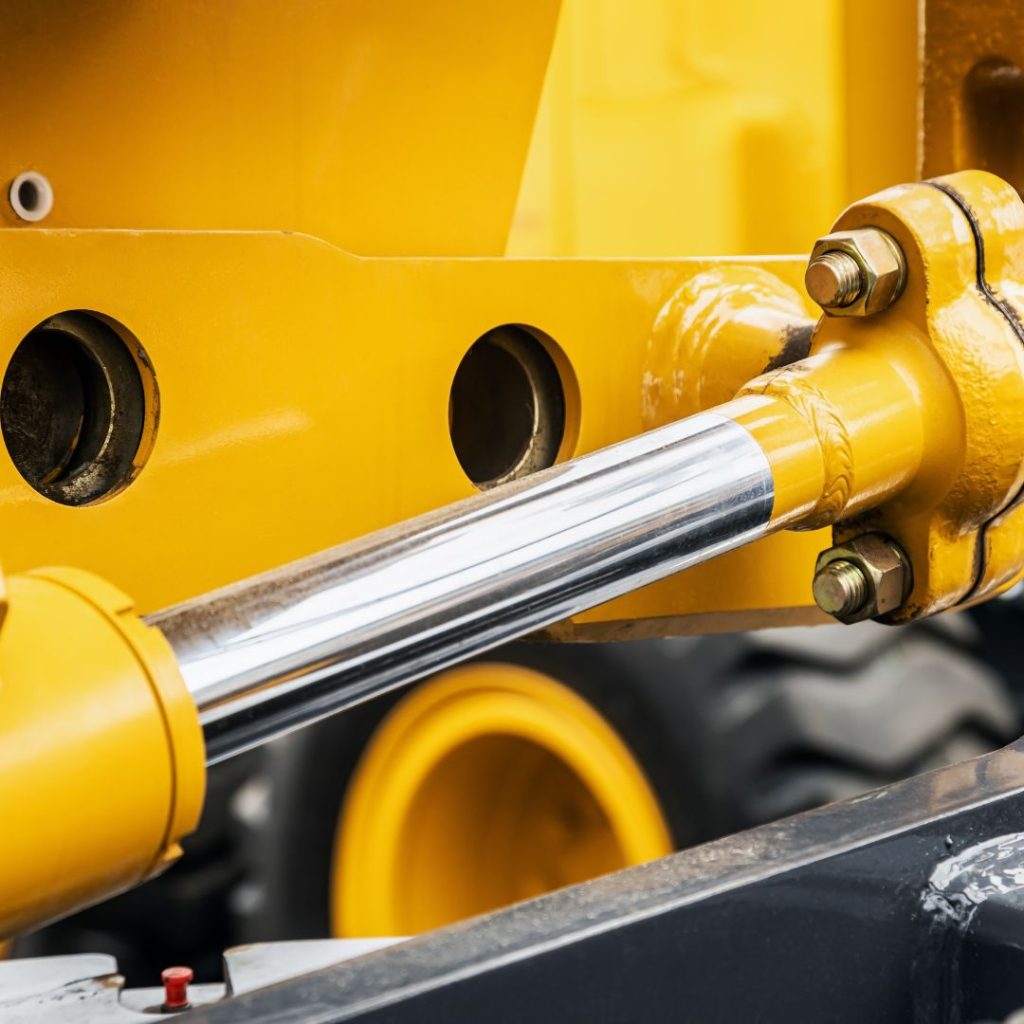
Step 5:
Inspect Hydraulic System The hydraulic system is the heart of a scissor lift, responsible for raising and lowering the platform safely. Check hydraulic hoses, fittings, and seals for signs of leaks, wear, or damage. Replace any faulty components promptly to prevent hydraulic system failure.
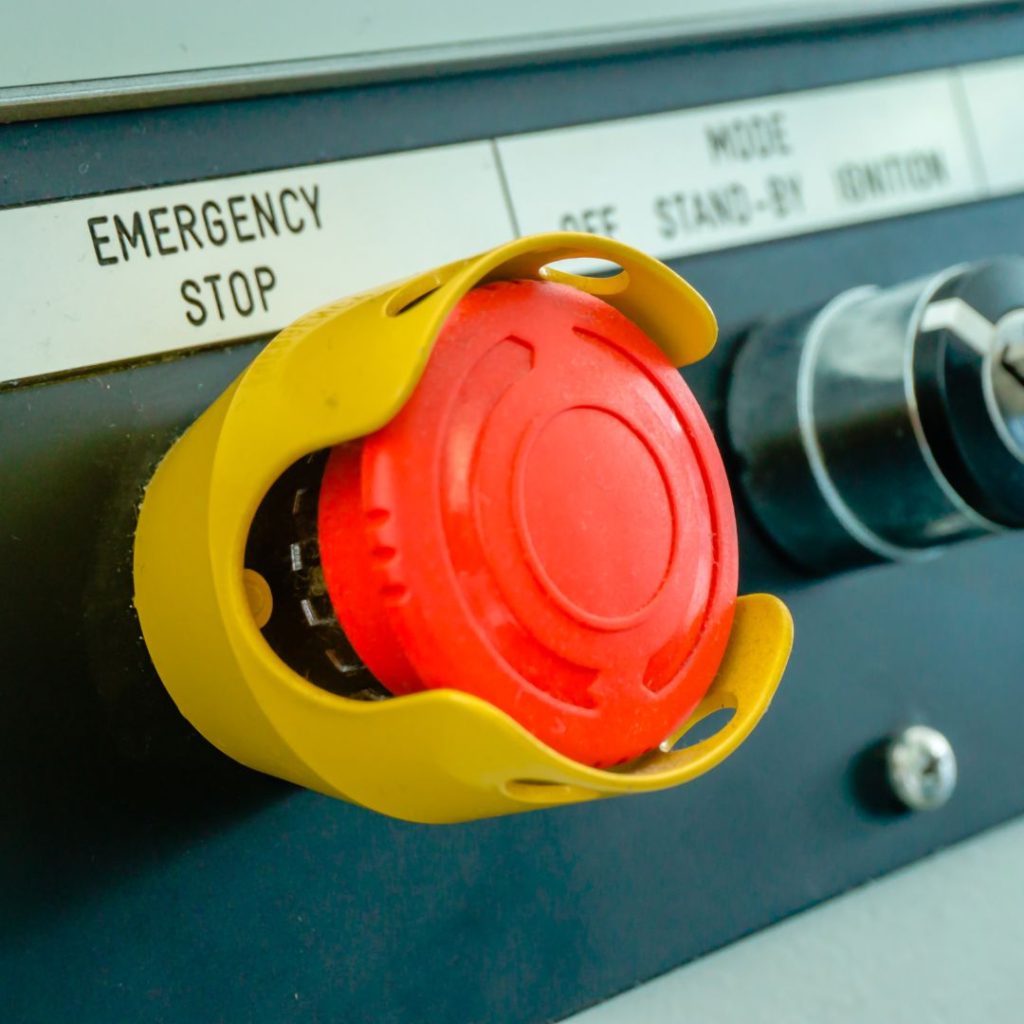
Step 6:
Test Safety Features Ensure that all safety features, including emergency stop buttons, safety rails, and tilt sensors, are functioning correctly. Test the emergency lowering mechanism to verify its effectiveness in the event of a power outage or malfunction.

Step 7:
Train Operators Proper training is essential for ensuring that operators understand how to use scissor lifts safely and effectively. Provide comprehensive training sessions covering equipment operation, safety protocols, and maintenance procedures.
Conclusion:
Maintaining your scissor lift is not just a matter of prolonging its lifespan; it’s a critical aspect of ensuring the safety of workers and the efficiency of your operations. By following manufacturer guidelines, conducting regular inspections, and addressing maintenance tasks promptly, you can keep your scissor lift in optimal condition, minimizing downtime and maximizing productivity. Remember, when it comes to safety and reliability, there’s no room for shortcuts.



